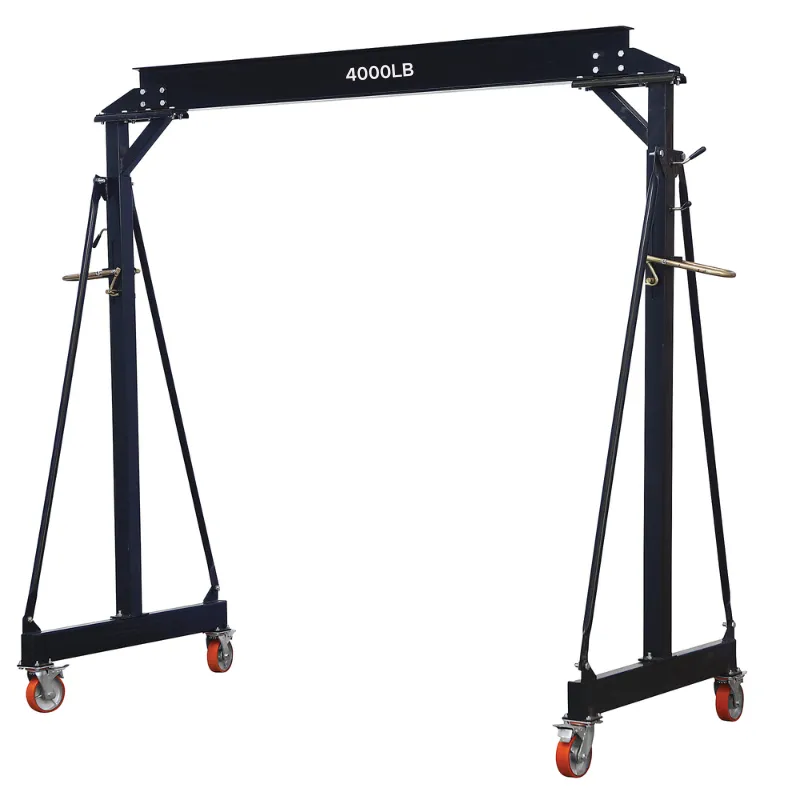steel plate magnetic lifter
The Advantages and Applications of Steel Plate Magnetic Lifters
In the realm of heavy lifting and material handling, efficiency and safety are paramount. One innovative solution that has gained significant traction in various industries is the steel plate magnetic lifter. This powerful tool utilizes magnetic force to lift and transport heavy steel plates and other ferromagnetic materials effortlessly. In this article, we’ll explore the advantages and applications of magnetic lifters, highlighting their importance in modern industrial practices.
How Steel Plate Magnetic Lifters Work
Steel plate magnetic lifters are designed with strong permanent magnets, which generate a stable magnetic field. When placed in contact with a steel surface, these magnets engage and create a secure grip that can hold substantial weight. The operation is straightforward — by simply activating or deactivating the magnetic mechanism, operators can easily lift, move, and release steel plates without the need for additional lifting equipment like chains or hooks. This ease of use is one of the key factors that make magnetic lifters invaluable in the workplace.
Advantages of Magnetic Lifters
1. Efficiency Magnetic lifters significantly speed up the lifting and handling processes. They eliminate the need for slings and chains, allowing operators to position and release steel plates with minimal effort and time, thus enhancing overall productivity.
2. Safety Safety is a critical concern in any industrial setting. Magnetic lifters reduce the risk of accidents associated with traditional lifting methods. With a strong, secure hold, there’s less chance of the load slipping or falling, which can lead to injuries or damage to equipment.
3. Versatility Magnetic lifters can be used with various steel items, including sheets, blocks, and pipes. This adaptability makes them suitable for a wide range of applications in diverse industries, such as construction, manufacturing, and warehousing.
steel plate magnetic lifter

4. Cost-Effective By improving efficiency and safety, magnetic lifters can lead to significant cost savings in labor and equipment expenses. Furthermore, their durability means they can withstand heavy use over extended periods, making them a wise investment for businesses.
5. Ease of Use With minimal training, operators can learn how to use magnetic lifters quickly. This simplicity reduces the time and resources required for training and allows for a more flexible workforce that can rotate between various tasks.
Applications of Steel Plate Magnetic Lifters
Steel plate magnetic lifters are employed across multiple sectors. In manufacturing, they can be used to handle steel sheets and components during assembly or fabrication processes. In construction, they facilitate moving heavy structural steel, allowing for quicker assembly and reduced labor costs. Additionally, in warehouses, magnetic lifters streamline the storage process by allowing for the efficient stacking and retrieval of heavy items.
Many companies also utilize magnetic lifters for maintenance tasks, such as lifting machine parts for repair or inspection. The ease of lifting and positioning items contributes to minimal downtime and efficient operations.
Conclusion
In conclusion, steel plate magnetic lifters represent an innovative solution that transforms how industries handle heavy materials. Their combination of efficiency, safety, versatility, and cost-effectiveness makes them indispensable tools in modern manufacturing and construction environments. As industries continue to seek ways to improve operations and reduce risks, the demand for magnetic lifters is likely to grow, further solidifying their position as a vital component in material handling and logistics. The future of industrial lifting may very well lie in the magnetic force, paving the way for safer and more efficient workplaces.
-
Portable 2000 lb Gantry Crane | Heavy-Duty & AdjustableNewsAug.30,2025
-
Versatile Lifting Solutions with Gantry and Overhead CranesNewsAug.29,2025
-
The Versatile Mobile Gantry Crane SolutionNewsAug.29,2025
-
Reliable Movement with Heavy Machinery Skates and RollersNewsAug.29,2025
-
Reliable Lifting Performance with 2000 lb Gantry Crane and 2 Ton Overhead SystemsNewsAug.29,2025
-
Maximize Lifting Efficiency with PML Magnetic LiftersNewsAug.29,2025
-
Efficient Relocation Starts with Reliable Machinery MoversNewsAug.29,2025
